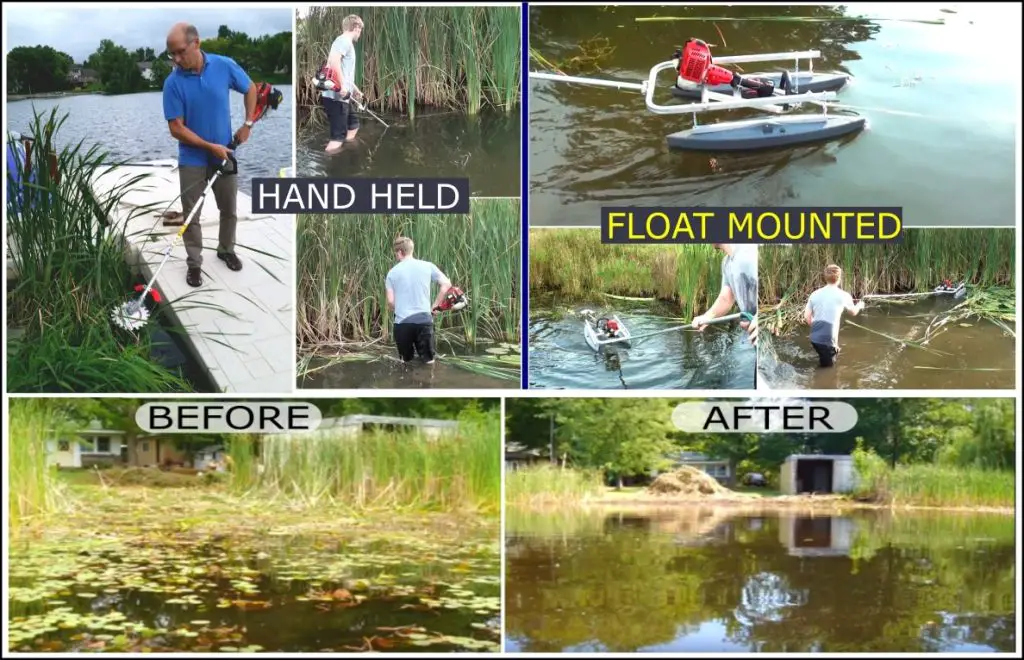In many backyard ponds, cat tails can quickly become a nuisance. These tall, reed-like plants can spread rapidly and take over the water, making it difficult for other aquatic life to thrive. If you’re looking to reclaim your pond and restore its balance, here are some effective methods for removing cat tails:

Credit: www.thepondguy.com
1. Manual Removal
One of the simplest ways to tackle cat tails is through manual removal. You can use a shovel, rake, or specialized aquatic weed cutter to physically uproot the plants. Make sure to pull out the entire root system to prevent regrowth. This method is best suited for smaller ponds or areas with limited cat tail infestation.
2. Cutting and Raking
If your pond is larger and overrun with cat tails, cutting and raking can be an effective strategy. Use a sharp tool to cut the plants at their base and then rake out the severed portions. This method can help prevent the cat tails from spreading further and keep them in check.

Credit: m.youtube.com
3. Herbicides
Herbicides can be a powerful tool for controlling cat tails, but they should be used with caution. Look for aquatic-safe herbicides that target emergent vegetation like cat tails. Follow the instructions carefully and apply the herbicide strategically to minimize harm to other plants and wildlife in the pond.
4. Barrier Installation
To prevent cat tails from spreading, you can install physical barriers at the edges of the pond. Use materials like pond liners or barriers specifically designed to block the growth of aquatic plants. This method can help contain the cat tails and limit their expansion.
5. Biological Control
Introducing natural predators or competitors can also help manage cat tail populations. Fish species like grass carp feed on aquatic vegetation and can help keep cat tails in check. Before introducing any new species to your pond, make sure to research their compatibility and impact on the ecosystem.
6. Regular Maintenance
Prevention is key when it comes to managing cat tails in a pond. Regular maintenance, such as removing debris and excess nutrients, can help create an environment less conducive to cat tail growth. By keeping the pond clean and balanced, you can reduce the likelihood of cat tail infestations.
7. Consult a Professional
If you’re dealing with a severe cat tail infestation or are unsure about the best course of action, it’s wise to consult a pond management professional. They can assess the situation, recommend tailored solutions, and help you restore the health and beauty of your pond.
Conclusion
Removing cat tails from a pond requires a combination of manual, mechanical, and chemical methods. By implementing a comprehensive management plan and staying proactive in your approach, you can effectively control cat tail growth and maintain a vibrant and balanced aquatic ecosystem.





